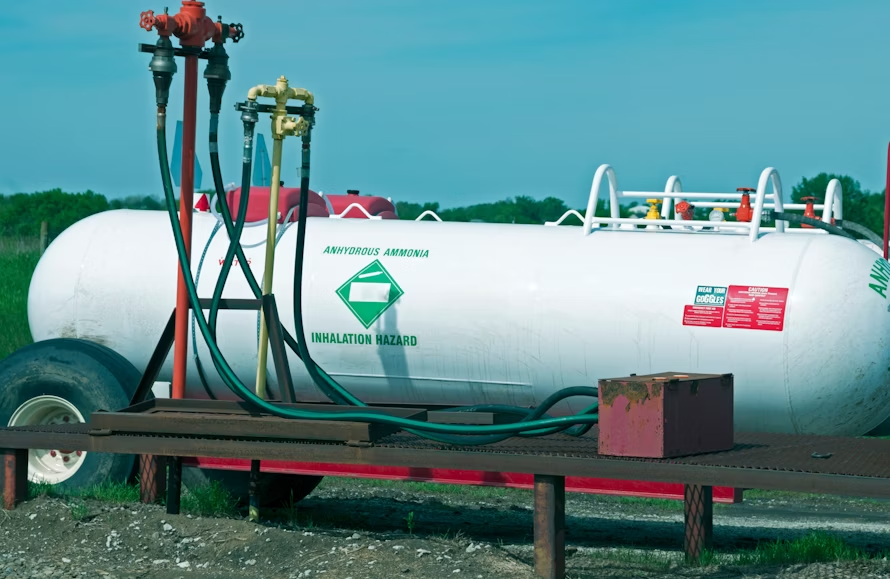Find the Right Course for Your Team
Quickly browse, filter, and enroll in training—whether it’s Red Cross certifications, compliance modules, or industry specific courses. Everything is accessible in one simple LMS.
Choose the Best Course
Find the perfect course to match your goals. Learn anytime, at your own pace, with expert-led content
Filter Courses


American Red Cross - Adult First Aid/CPR/AED
American Red Cross - Adult First Aid/CPR/AED

Chromium (IV) Awareness
Hexavalent chromium is essential to a number of industrial applications: chromate pigments are used in dyes, ink and plastics, chromic acid is used in chrome plating and chromates are used to prevent corrosion in paints and other coatings.

Anhydrous Ammonia Interactive Online Training
Anhydrous Ammonia This is a safety training program about the hazards of Anhydrous Ammonia and safe response to incidents involving this dangerous gas. Anhydrous Ammonia, NH3, is widely used in agriculture and industry. Penetrating vapors from this g

Active Shooter: In The Workplace
Go work in an office, they said. It'll be safe, they said. Sure. Hazards face everyone, in every environment. This training package focuses on the top hazards facing office workers: hazard awareness, accident prevention, and how to respond in case of

Hazardous Materials: Hazard Communication and Spill Containment Spanish
La capacitación en construcción de 10 horas de OSHA sienta las bases para un sitio de construcción seguro y productivo. Cumpla con las necesidades regulatorias y de cumplimiento y asegúrese de que su fuerza laboral de construcción haya recibido la ca

Handling Emergencies Interactive Online Training
Handling Emergencies training video teaches professional security officers how to respond to incidents, including workplace violence, in the facilities that they protect. They must take control, activate agreed upon emergency procedures and take step
Why Choose Learn Or Teach
Built for every business. Proven in Every Industry.
1. One platform for all training needs
2. Backed by the Red Cross for certified safety
3. 1,000+ courses across industries
4. AI tools that save HR hours
5. Flexible delivery: online, hybrid, or onsite
6. Simple, transparent pricing
Featured Courses

American Red Cross - Adult First Aid/CPR/AED
American Red Cross - Adult First Aid/CPR/AED
 20 minutes
20 minutes Chromium (IV) Awareness
Hexavalent chromium is essential to a number of industrial applications: chromate pigments are used in dyes, ink and plastics, chromic acid is used in chrome plating and chromates are used to prevent corrosion in paints and other coatings.
 35 minutes
35 minutes Anhydrous Ammonia Interactive Online Training
Anhydrous Ammonia This is a safety training program about the hazards of Anhydrous Ammonia and safe response to incidents involving this dangerous gas. Anhydrous Ammonia, NH3, is widely used in agriculture and industry. Penetrating vapors from this g
 0 minutes
0 minutes Active Shooter: In The Workplace
Go work in an office, they said. It'll be safe, they said. Sure. Hazards face everyone, in every environment. This training package focuses on the top hazards facing office workers: hazard awareness, accident prevention, and how to respond in case of
 0 minutes
0 minutes Hazardous Materials: Hazard Communication and Spill Containment Spanish
La capacitación en construcción de 10 horas de OSHA sienta las bases para un sitio de construcción seguro y productivo. Cumpla con las necesidades regulatorias y de cumplimiento y asegúrese de que su fuerza laboral de construcción haya recibido la ca
 33 minutes
33 minutes Handling Emergencies Interactive Online Training
Handling Emergencies training video teaches professional security officers how to respond to incidents, including workplace violence, in the facilities that they protect. They must take control, activate agreed upon emergency procedures and take step




